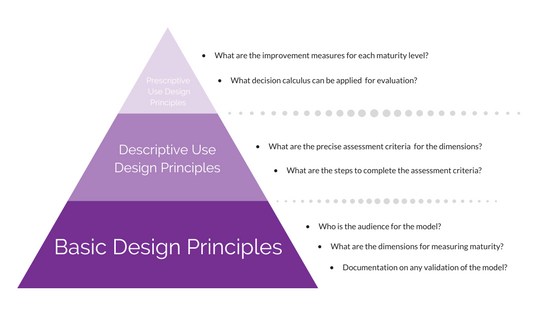Hunt Technique Catalog | Playbook | Database
I couldn't seem to make progress on outlining the expected outcome from R&D Hunts, at least not in a concise way that would be easy for my team and my leadership to comprehend. So, I decided to use writing a post to walk myself through the process and the terminology.
Campaigns & Hunts
Campaign
- Description: Two or more hunts with a common objective
- Outcome: A strategic product consolidating the findings from all hunts
Hunt
- Description: 1 or more hunt techniques with a common objective
- Outcome: A report containing actionable findings
Hunting Techniques
Hunting Technique
Description: A hypothesis applied to a specific domain, for a specific datasource, using a specific tactic
Outcome: Unit of work for a hunter
For me, the hunting technique is what the hunter does to test the hypothesis and with a favorable outcome it becomes a skill in her toolbox. This differs from what sqrrl calls hunting techniques, but I couldn't come up with a more appropriate word, so as you will see below I switch their terminology to be tactics.
The hunting techniques are what need to be cataloged for a scalable hunt program, so that is why I was getting so stuck trying to come up with the documentation after an R&D Hunt, its documenting the hunting technique itself.
Now I was able to dive into what type of metadata I wanted to store with each hunting technique.
The Deep Dive
The hunting technique is the way to describe and therefore document what a hunter does. On the right side of the image I have what I consider the main attributes of the technique and over on the left I have additional metadata that, while isn't required, I could see being useful when building out the playbook or catalog.
I have created a spreadsheet that smaller organizations or individual hunters could use to track their work, but larger organizations will likely need a database. I have yet to use the tracker, so I am sure some modifications are needed so please feel free to share ideas or mods you made in the comments, or if the tracker was just a waste of time.
 |
| Dashboard View |
My DBA days were rooted in relational databases, but this seemed like a good candidate for me to try out a document-oriented database, MongoDB, for the larger organizations. I will create another post specifically about this endeavor because its just going to take me a little longer, but progress will be in my GitHub. If you are interested collaborating on the HT Trackr, let's do it.
Happy Hunting,
~K
September 6, 2017 - Update
@Cyb3rWard0g gave me a new word that I like better than technique and allows me not to rename what sqrrl has already worked to establish, which I like way better -- Hunting Analytic. So I made some new images and will be using that in the database I'm creating.









Comments
Post a Comment